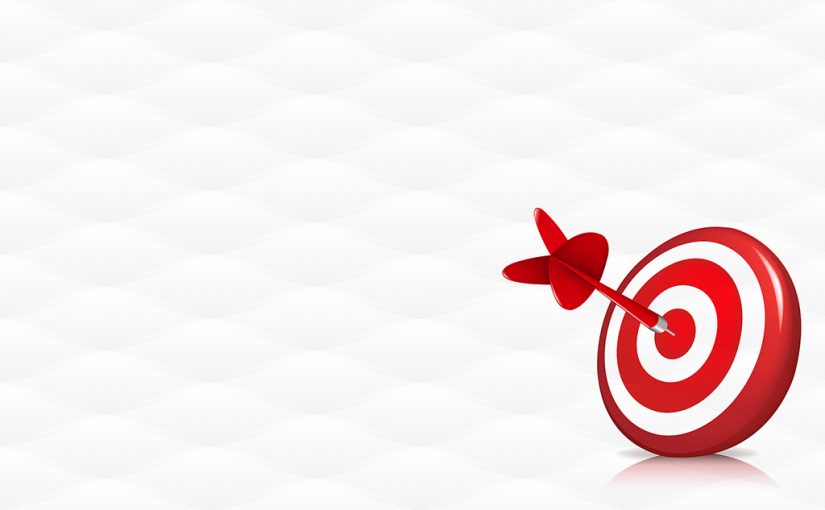Iconic Brand
The Target Company started out as Dayton Dry Goods Company in 1903. In the early 60’s, Target, as we know it today was introduced in Minnesota. Target’s easily recognizable logo can be identified by over 90% of the people in the United States.
Attracting the Eyes
The first Target logo was revealed in 1962. A red and white bullseye with the word Target written across it in black script font. The bullseye logo was meant to grab the attention of customers with its contrasting colors. In 1969, the red and white colors were changed to black and white, but the resulting logo was not as memorable.
In the early 80’s, an updated logo featured a slightly new design. The bullseye was smaller with only a single white ring on a red circle. The colors, still red and white, were adjusted to be brighter and more noticeable from cars passing by. Moving the Target name off the bullseye also made the logo more eye- catching.
No Need for Words
The company name has moved around the logo since its inception. The original design had the name directly on top of the bullseye. By 1975, the company name was written in black capital letters to the right of the bullseye. In 1989, Target experimented with an unsuccessful red text-only logo. It was a flop and did not last a year. Customers associated the bullseye with Target, and the text was not the necessary feature. The company name has also been below the bullseye, but the main take-away is that even without the name, customers will still know the Target brand by the symbol.
Small Changes
The 2006 logo resembled the previous iterations, still with the red and white target symbol, but the name was smaller. The most current logo, revealed in 2018, has the Target name in lowercase letters instead of capital letters, underneath the bullseye. It is possible the change in lettering was hardly notice because the bullseye target remained the same. Target’s color scheme has always been red, white, and sometimes black. For almost 50 years, the Target brand has had a mostly consistent logo, giving customers a sense of dependability from the retail giant.

